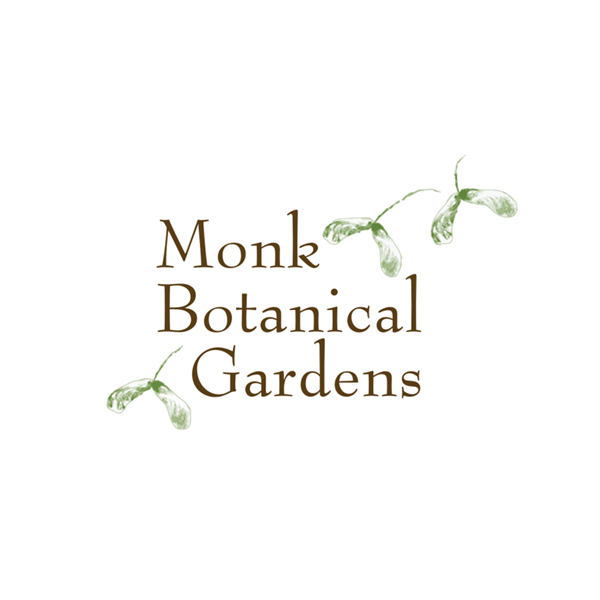As I begin my second month as an intern at Monk Botanical Gardens, I take a moment to think about all I have learned and what I have been intrigued by. One aspect of the gardens that continues to catch my attention is all the flowers. Yes, that’s the main focus of the gardens, but it’s not just looking at them and acknowledging their beauty. It’s also knowing their names and some facts about them. In knowing these additional aspects, I feel the flower can be appreciated even more. When you know more about a person, you tend to appreciate them more than you did without knowing those quirks that make each unique, and the same goes for flowers. One flower that caught my eye, with its unique shape and appealing colors, was the
The red petaled variety of the Columbine, also commonly called the Canadian Columbine, is a Wisconsin native. It is at its peak in mid to late spring when it offers food to Ruby Throated Hummingbirds in its dangling flowers. This wildflower is in the Buttercup family. It is commonly found, wild, in open woodlands, rocky slopes, and clearings in most states east of the Rockies. The Columbine can reach heights anywhere between 6 inches and 4 feet tall depending on growing conditions and growing season length. The leaves come in a unique three-lobed shape in colors from green to blue-green. The first appearing leaves extend from the base of the plant and then, later on, grow out from the stem. In fall, the leaves will turn yellow if there is enough water available to the plant.
The flowers come in colors of red, purple, and white. However, the red-colored variety is native to Wisconsin and is found frequently in the wild and flower beds throughout the state. The flower heads face toward the ground and contain five petals, each with a different colored, nectar-bearing spur extending from it. The nectar from the flowers is an important food source for Ruby-Throated Hummingbirds returning from migration in the spring. They are also visited, for their nectar, by Bumblebees and Hawk Moths. The flowers are held on sturdy stems above the leaves, forming a cover of flowers above the leaves. Once the flowers have bloomed, five pod-shaped follicles form, containing many tiny black seeds. The plants are self-seeding. These plants grow best in light to moderate shade or full sun, with a proper amount of moisture. Columbine can grow in most soils as long as it is well-drained. Therefore, adding this spring beauty to your garden will most likely bring some beautiful hummingbirds to your garden and help them survive as they return from their winter homes. This plant is also low maintenance and goes well with most other plants already in your garden. So try helping out the hummingbirds and pollinators and add this unique Wisconsin Native to your spring garden selection.

